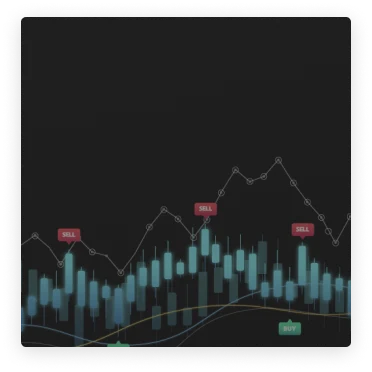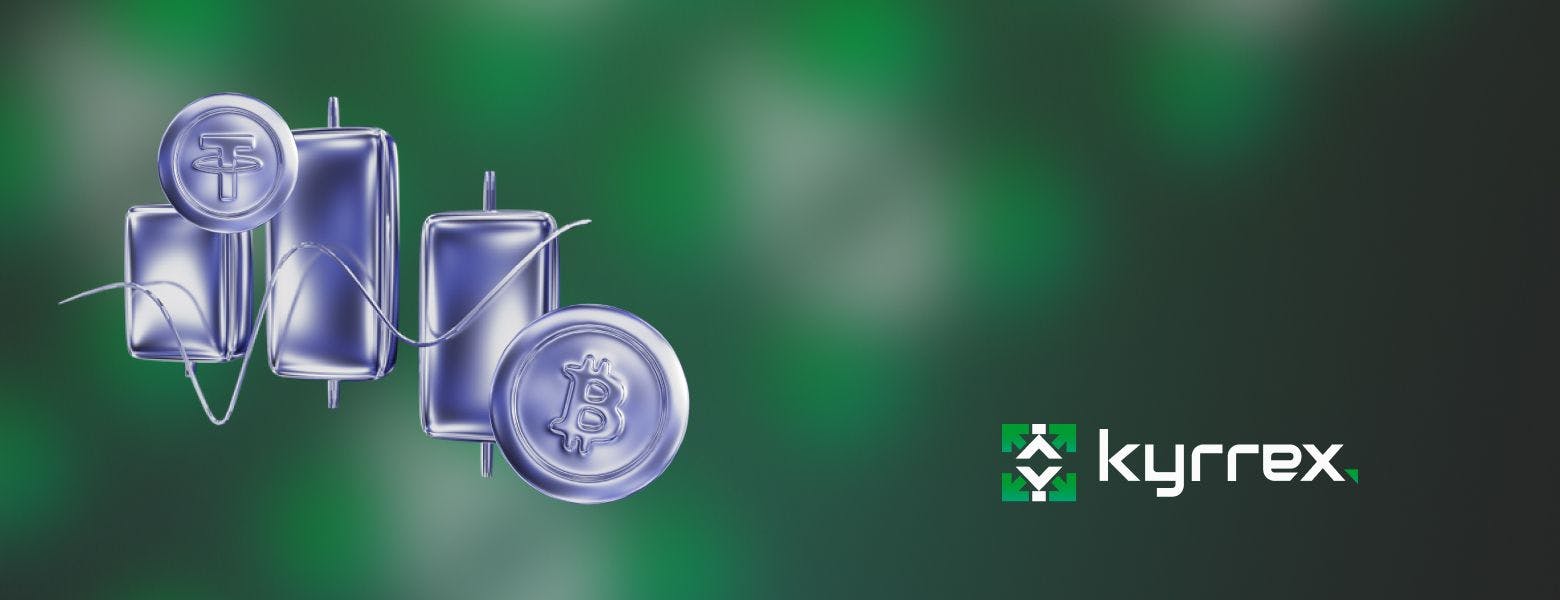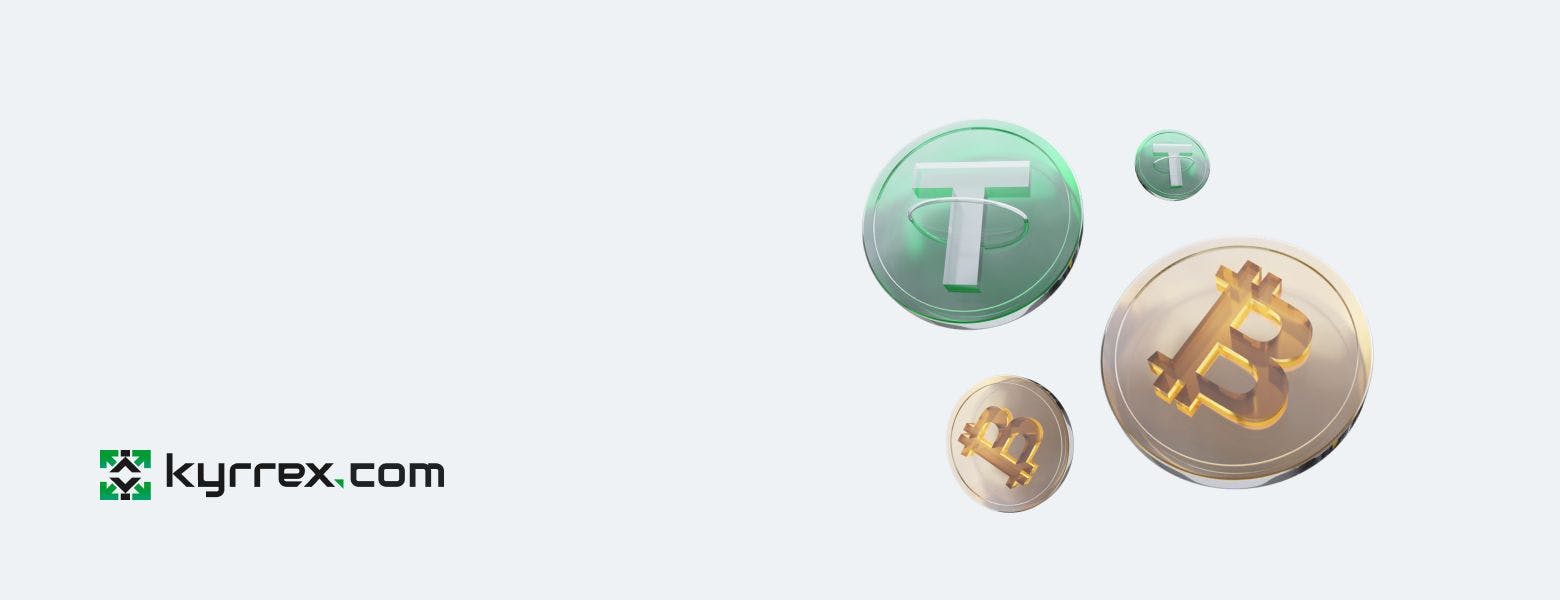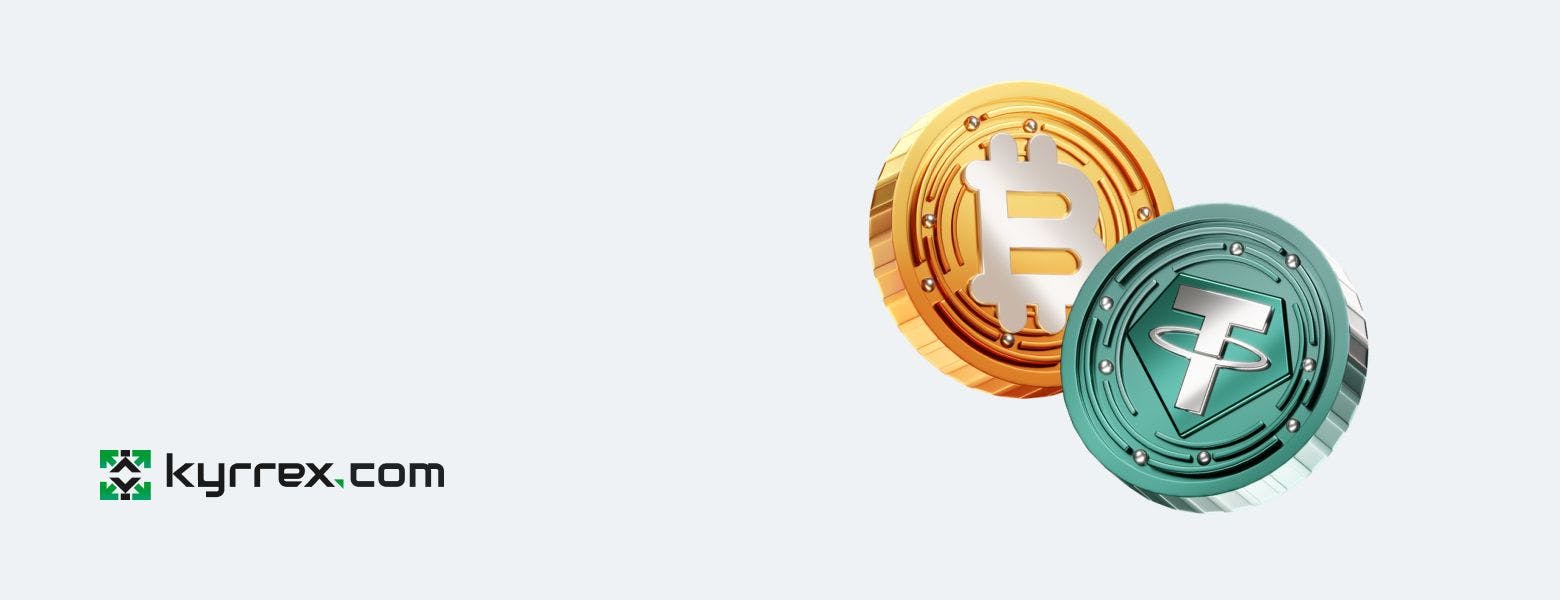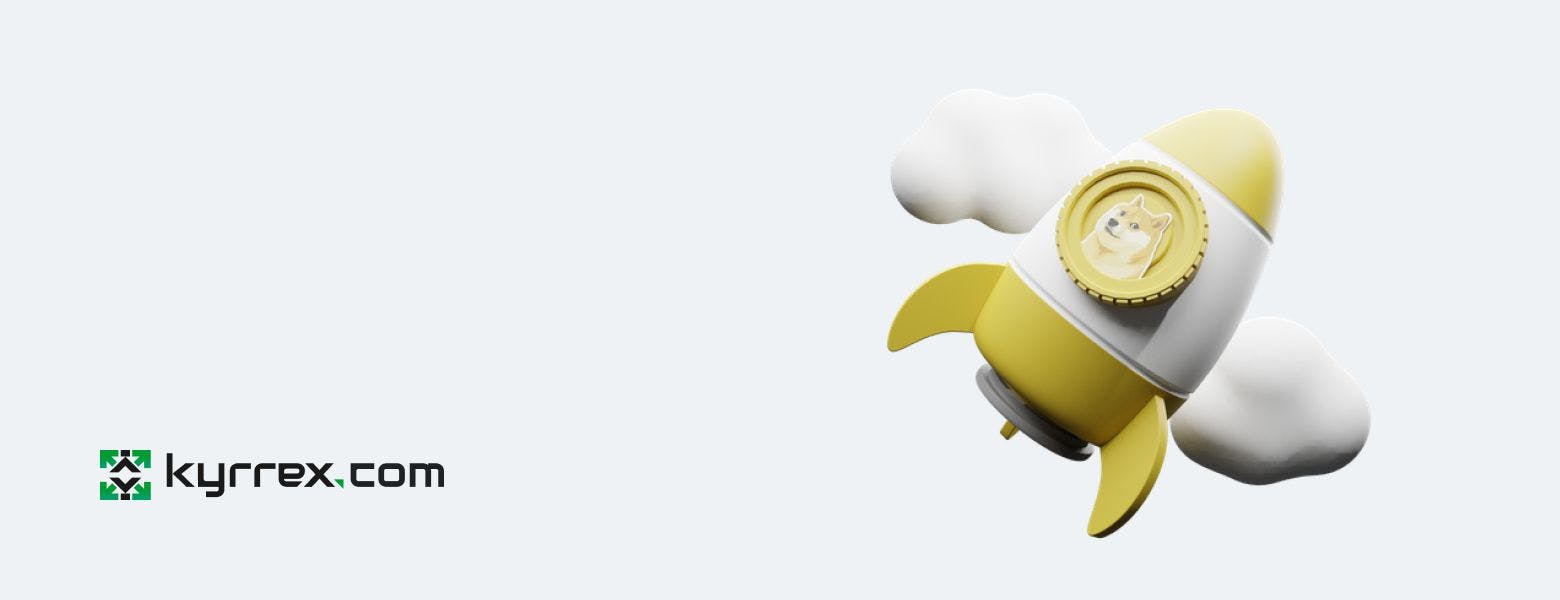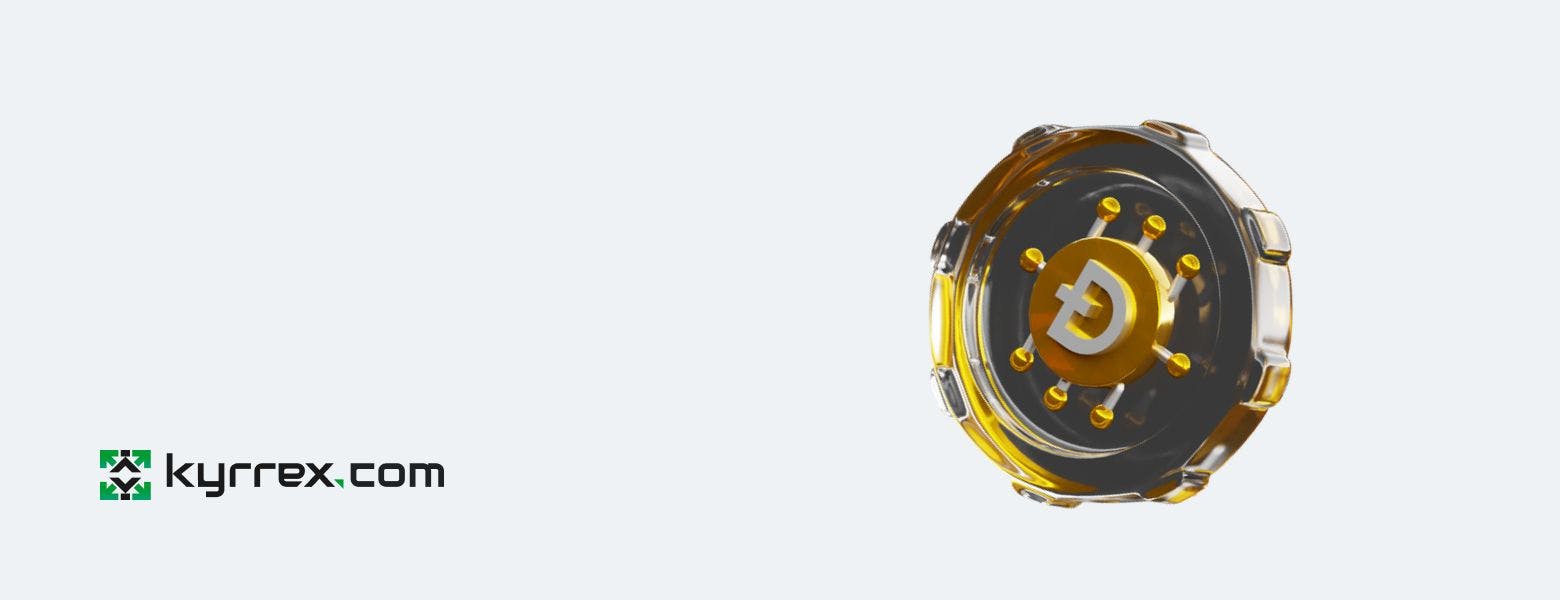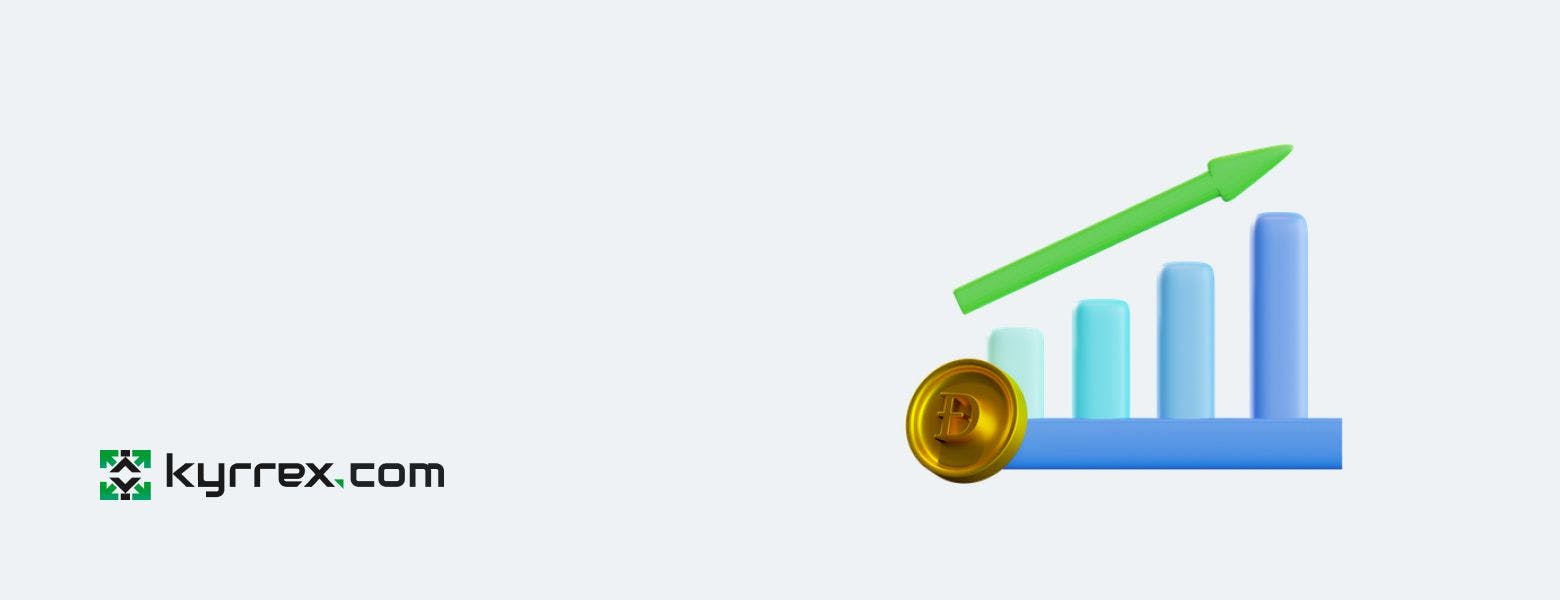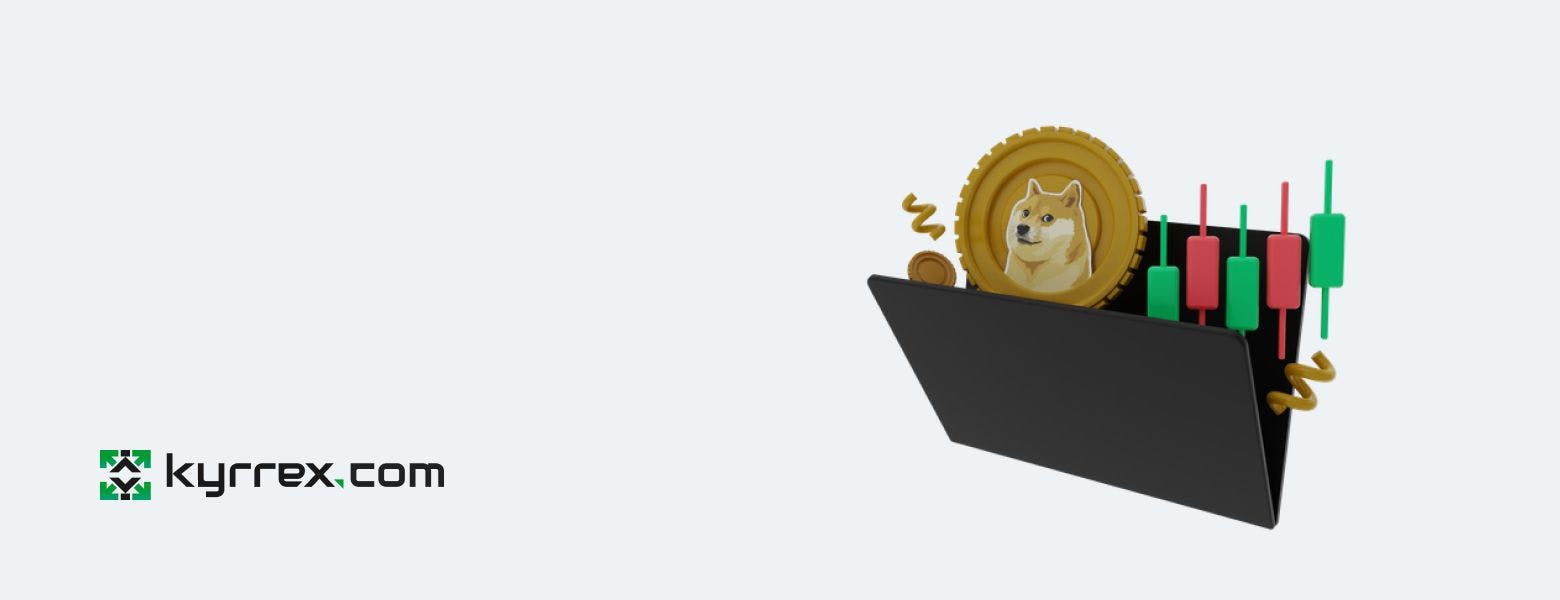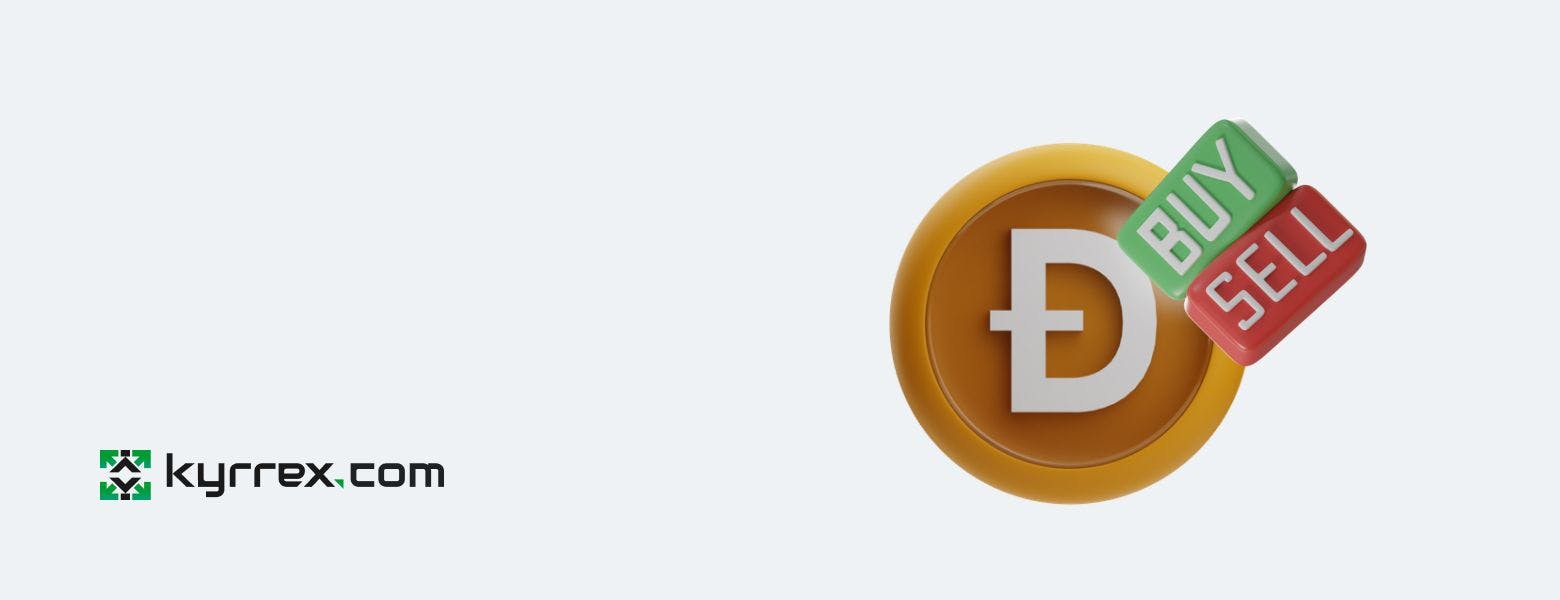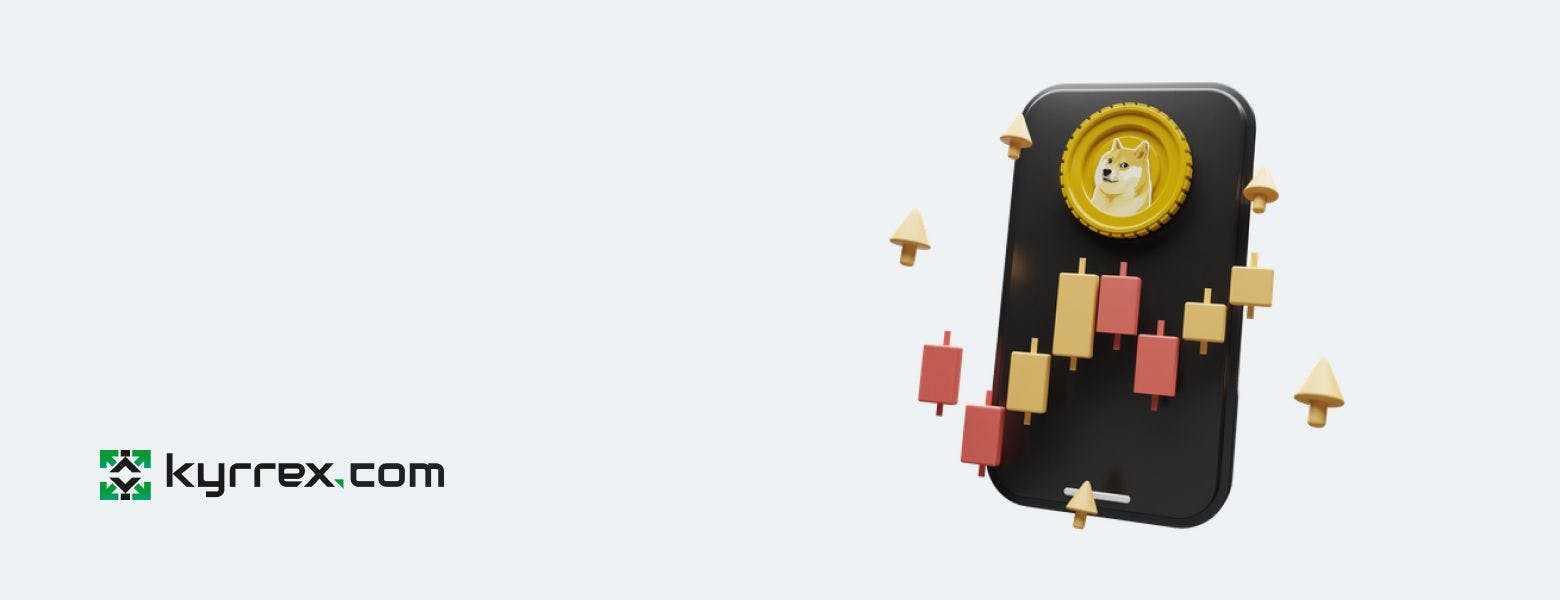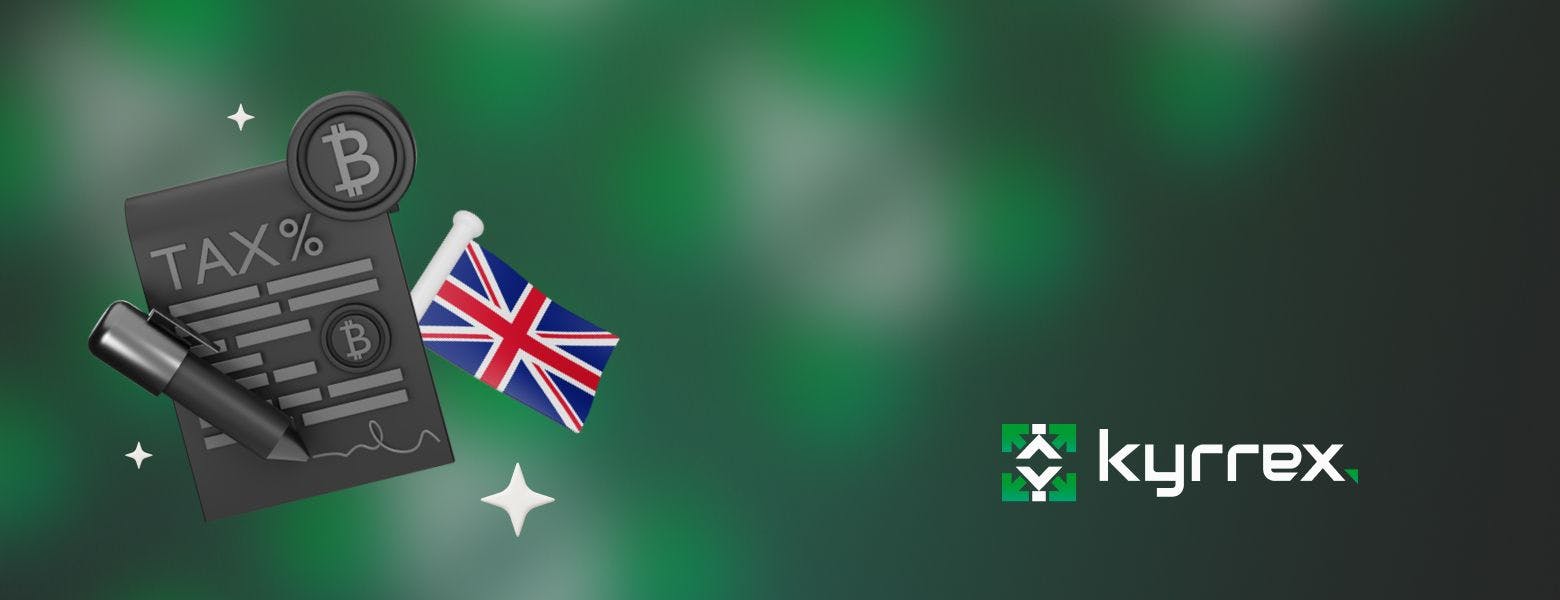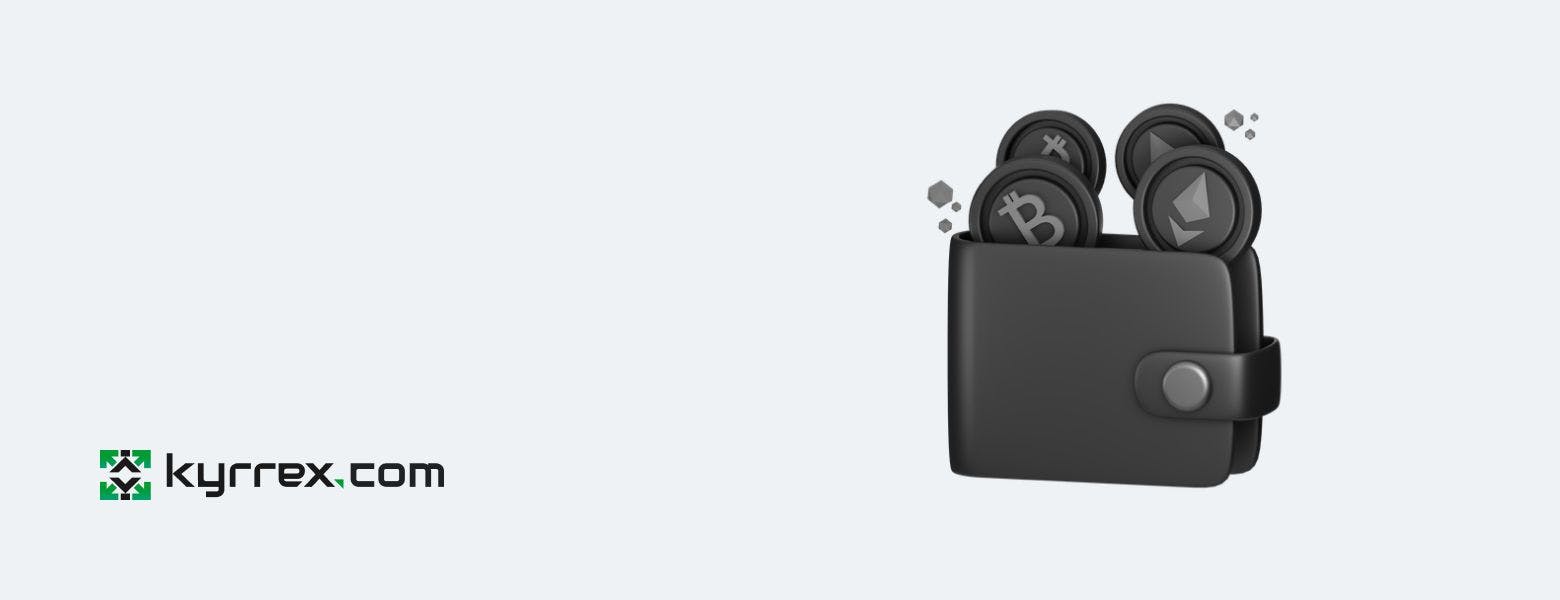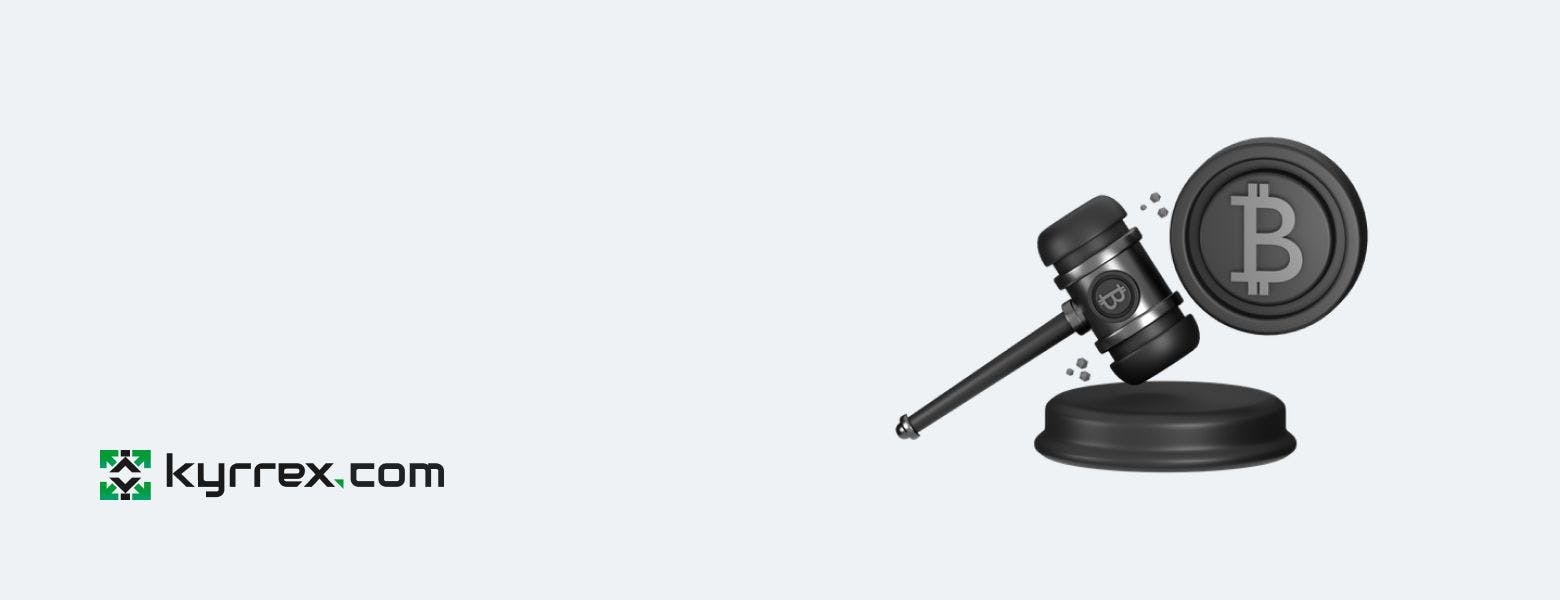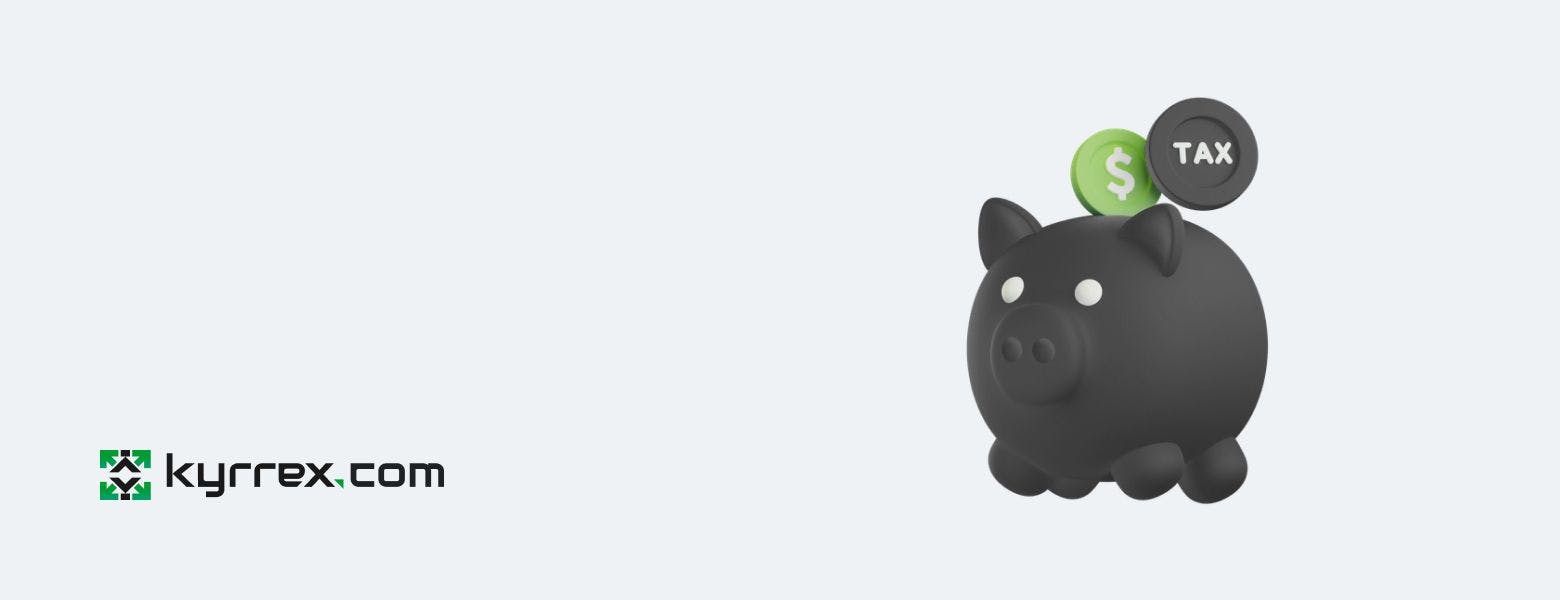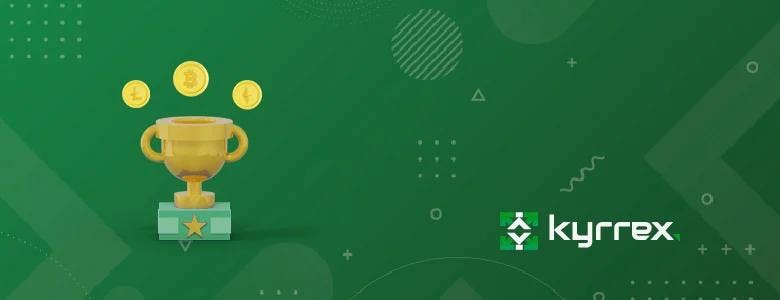
Top Cryptocurrency Coins Worth Buying

Bitcoin and other cryptocurrencies are here to stay and buying a popular coin right now might turn out to be one of the best decisions of your life.
If bitcoin were a company, it would be one of the most valuable in the world. Its current valuation places it above global giants like Facebook, Tencent and JP Morgan Chase.
But Satoshi Nakamoto's creation isn't the only digital currency giving traditional companies a run for their money. Inspired by bitcoin, an army of cryptocurrencies have emerged on the scene, surging on the back of innovative blockchain tech and relentless investor confidence to become giants in their own right.
As more money comes into the industry, some new coins have been getting the love but interest still largely resides in the top twenty-to-fifty cryptocurrencies. Some of them, like Ether, have been around for a while but others, such as Solana, recently achieved elite status.
Every one of the top 90 coins right now has a valuation of at least one billion dollars. The top ten's cumulative value is roughly $1.8 trillion, and bitcoin alone is responsible for over half of that.
With the industry already awash with so much investments, many potential investors might think that there's little to gain by buying some of the top coins but this is not the case. The best-backed coins, even BTC, can still move up even higher. So, it's better to get in now before the train leaves the station.
So, What's a Cryptocurrency?
A cryptocurrency, digital coin, or digital token is virtual money most commonly created by mining or minting through a set of cryptographic mechanisms. A digital token is distributed on a blockchain and allows for decentralized transactions.
Because of how they're created, digital coins are not subject to the constraints imposed on fiat money by central governments. Anybody in any country can hold a crypto coin in specialized digital storage called wallets and send it to another address within and across blockchains.
Cryptocurrencies have a wide range of applications. Some of its use cases are Decentralized finance or DeFi, non-fungible tokens (NFTs), virtual game worlds, blockchain governance, smart contracts, and real-world buying and selling.
What Makes a Cryptocurrency Popular?
There are more than 4 thousand digital currencies around but they don't all have the same fate. While some grabbed plenty of attention, others faded into the background or disappeared completely.
When choosing the best coins to buy, it's usual to rank them by how valuable they are relative to one another. Bitcoin remains the biggest but the rest of the best are each backed by an army of investors, a dedicated community, and at least one important use case.
Market capitalization indeed plays a large part in choosing the big coins on this list but there are other considerations at play. Just being big now is not necessarily indicative of enduring popularity. All the coins on this list are capable of appreciating in value, hence why stablecoins aren't listed. Moreover, coins that are purely speculative in nature and offer minimal or zero use cases aren't considered.
Aside from the valuation, each coin on this list brings a distinctive technology or innovation to the cryptosphere. They are all trusted coins with loyal user bases, serious development teams and bullish long and short term forecasts.
1. Bitcoin (BTC)
Rank #1
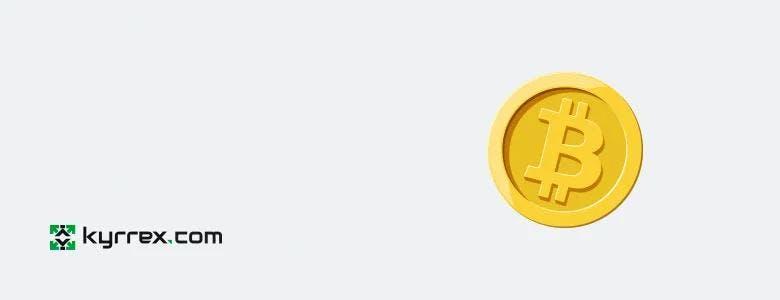
The ultimate goal of bitcoin is The Bitcoin Standard, a financial system where all transactions are made in bitcoin or digital tokens pegged to its value. While that dream is still a long way away, bitcoin itself isn't doing too shabbily. It is the biggest coin in the world.
Bitcoin is the native currency of the bitcoin network and the largest digital currency. And it's not even close. From a modest fellowship of visionaries in 2009, BTC is now bought and sold, spent and speculated on by millions of users comprising retail and institutional investors.
If you're looking for the ultimate big coin to invest in, look no further than bitcoin. It is by far the safest crypto coin anyone can hold with unmatched security features.
Buy Bitcoin (BTC)
The price of bitcoin can fluctuate wildly and this can be worrisome. But if you have the chance to bag some during a dip, you should do so. Most forecasts predict the coin's value, currently around $50, 000, will eventually breach the $100,000 mark. You don't want to be on the outside looking in when that happens.
Bitcoin has a limited supply. Only 21 million of the token can be minted and most of it is already out there. Most big traders these days treat BTC as more of a store of value and investment vehicle and you can buy some, too, in anticipation of another meteoric rise.
2. Ether (ETH)
Rank: #2
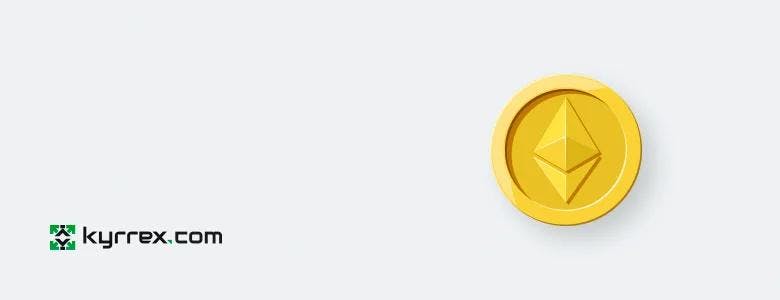
If bitcoin in 2009 flagged off the age of digital currencies, the launch of Ethereum in 2014 began the use of smart contracts, a protocol that eased the deployment of digital currencies for practical on-chain and off-chain uses.
Ethereum is based on a worldwide system of nodes operated by volunteers that decentralizes information storage and financial transactions. The Ethereum network made the creation of decentralized applications or dapps possible. These applications run on the blockchain and utilize smart contracts.
All the transactions on the Ethereum network utilize computing resources. This is where Ether, the native token of the Ethereum network, comes in. Ether is used to pay "gas fees" or processing fees to complete transactions. The longer the transaction takes and the more power it needs, the higher the amount of Ether needed to complete the operation.
Unlike bitcoin, Ether has an open-ended total supply with no hard cap. 18 million new Ether tokens are minted each year. The community is also getting ready to transition from proof-of-work to proof-of-stake, a mechanism that will significantly speed up transaction validation on the network and also lower gas fees.
Buy Ether (ETH)
Despite its current high price, ETH remains one of the must-have coins in cryptosphere. It is a better alternative to bitcoin in several respects; and as the main fuel that runs the Ethereum network, demand for the token will keep increasing for the foreseeable future. Ether has a circulating and total supply of 117m and an all-time-high of $4,362 back in May.
According to many experts, Ether remains massively undervalued relative to its utility and there will be even bigger price jumps. In terms of ROI it's been one of the most reliable coins and all signs point toward even more long term profits as it tries to keep pace with bitcoin.
2. Kyrrex (KRRX)
Rank: #3

Kyrrex Coin (KRRX) is one of the most unique coins in the crypto space and will be among the most sought after exchange tokens in the market. It is the utility token of Kyrrex Exchange, the global cryptocurrency exchange platform which handles a large volume of crypto transactions. KRRX is also central to the upcoming Kyrrex online banking platform.
What makes KRRX attractive to many investors is its rock-solid foundations. It can be said that the coin is concurrently backed by 2 different though related ecosystems. These are the Kyrrex exchange, and the Kyrrex crypto-processing and digital banking platform. KRRX is used to pay trading fees, enjoy exclusive benefits, and distribute rewards on the exchange. However, the token is issued on the secure TRC-20 protocol, which makes it compatible with other Tron tokens.
Kyrrex Coin has a max supply of 500 million tokens, half of which will be released into the market via three sale rounds. The remaining half will follow a gradual release schedule to maintain price stability. However, the Kyrrex team plans to keep burning the tokens until there are only 250m left in circulation. This is sure to create deflationary pressure which can make the price of one KRRX rise even higher.
Buy Kyrrex (KRRX)
KRRX seems to have a bright future ahead on the strength of the unique services that Kyrrex is bringing into the crypto industry. The platform rolled out ambitious plans to transform the existing investment, payments and finance systems with a comprehensive set of products and services. The token should be seeing higher moves as the crypto industry further expands. The listing price of $1.00 is a bargain.
4. Cardano (ADA)
Rank: #4

ADA is the native token of Cardano, a decentralized blockchain platform that uses the ourobouros proof-of-stake mechanism to achieve consensus on the network. The platform was launched by Charles Hoskinson in 2017 two years after departing Ethereum because of ideological disagreements.
After a monster rally in August, ADA is now the third largest digital token in the world by market capitalization. The surge has been fuelled by renewed interest in the Cardano technology which the platform claims can be implemented at scale without sacrificing speed or security. Moreover, it consumes significantly less energy than Bitcoin and Ethereum, making it attractive to those who are concerned about the impact of crypto activity on climate change.
The ADA token has increased by more than 1400 percent year-on-year and reached an ATH of $3.10 on September 2. This might seem like a very low price compared to BTC and ETH until you factor in the circulating supply of ADA (32 Billion) and total supply (33 Billion). The max supply of ADA is 45 Billion.
After several years of development, the Cardano Alonzo hard fork in September heralds the dawn of smart contracts on the platform, paving the way for DApps, including DeFi and decentralized exchanges, to start running on the blockchain which its backers claim will feature fast transaction times compared to its rivals.
These recent developments and more make ADA one of the trending cryptocurrencies of the year and a legitimate big coin that users can buy with the expectation of an increase in value once DApps have gotten up to speed.
5. XRP (XRP)
Rank: #6
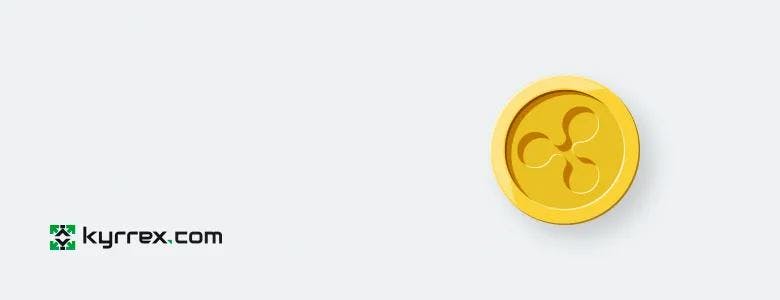
Many of the top cryptoassets are affiliated with a decentralized blockchain like Ethereum, decentralized exchange like Uniswap, or global trading platform like Binance: XRP is different. The controversial digital token created by Ripple Labs is more of an exchange bridge that facilitates cross-border payments among financial institutions.
XRP is now among the largest cryptocurrencies in the world with a market share exceeding 2 percent. However, its primary purpose was and remains facilitating quick, reliable international financial settlements that can take place in seconds, rather than days. Ripple, with the XRP token as a centerpiece of its technology, aims to supplant old systems like SWIFT and digital solutions like VISA and MasterCard. The goal is to become the gold standard for moving money across the global financial system.
RippleNet, the payment network that uses the Ripple Ledger to automate transactions, has more than 100 companies on the system including Bank of America and American Express. A company on the network can convert a large sum to XRP and forward the XRP to another company in another country. That company then converts the tokens to the native currency. In this way, traditional hassles to cross-border payments such as exchange rates, slow technology and transaction errors, can be eradicated.
Buy XRP
The coin is trading around $1.10 in September, which is some way off its all time high of $3.84 achieved over four years ago. This means that there is still a lot of scope for XRP to rise again and many investors are confident that it will do just.
However, XRP's parent company Ripple is in an ongoing legal battle with the United States Securities and Exchanges Commission who allege that the token is actually a security and should be traded as such. Despite such stepbacks, XRP has maintained its status among the top ten assets in the crypto coin world. Once the case is over, there is a big chance that XRP will finally go to the moon in a way it hasn't managed to do for a few years.
6. Solana (SOL)
Rank: #7
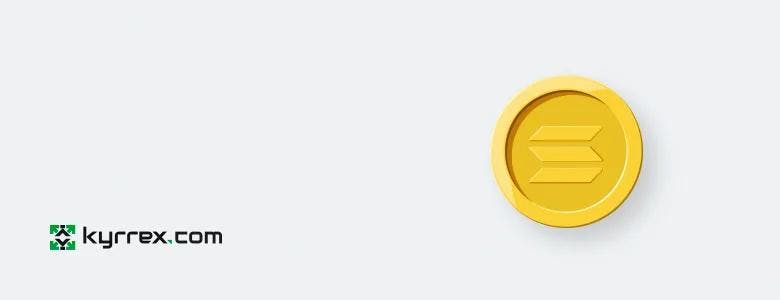
Solana, the internal currency of the Solana blockchain, is the latest proof that crypto really can change your life. SOL was barely above 150 cents on January 1; by September, it's increased by 14,000% to a scintillating high of $214 per SOL. It knocked many established cryptoassets aside on its way to $50bn+ market cap and looks likely to nestle into the top 5 largest cryptos club before too long. It's made millionaires out of many investors who got in early enough to buy and hold a significant amount of SOL.
Even as the industry stays mired in an overall bear run, SOL keeps achieving new landmarks on the back of crazy interest in non-fungible tokens and decentralized apps built on the platform. In addition, many new tokens based on the Solana Program Library have also soared in recent weeks, helping the ecosystem's main currency to continue on its barnstorming run.
The question is, is the rally over or is there still some juice left? When we view recent developments, SOL looks like one of the real coins that are here to stay. There's a new launch on Solana almost every day which keeps interest high, and the blockchain's novel proof-of-history consensus refines industry standards for better scalability. This means that we should be seeing even more developers flocking to the platform to benefit from the crazy speed, cheap processing fees, and novel approach to dapps.
If SOL maintains its current place, or even if it slows down slightly, it will easily join Cardano's ADA and Binance's BNB in a likely 3-way battle for second most popular smart contract platform behind Ethereum.
7. PolkaDot (DOT)
Rank: #8

DOT is the native governance token of PolkaDot, a blockchain network that links other blockchains together via layer-0 technology. It's a multichain network that solves the problem of interoperability among blockchains, helping them speak the same language.
PolkaDot is a flexible decentralized platform that hosts other blockchains and connects them together via a relay chain. Each parachain is fully independent but relies on the central PolkaDot system for security and validation. Both PolkaDot and its various parachains can also connect to external blockchains like Ethereum and Solana through "bridges" that create a communicative link through which both information and transactions can flow seamlessly.
As the main network that provides a way for other chains to easily interact, PolkaDot earned its place among the top cryptocurrencies in the market. It's currently some ways off its ATH but the long-term forecasts are positive across the board.
8. Dogecoin (DOGE)
Rank #9
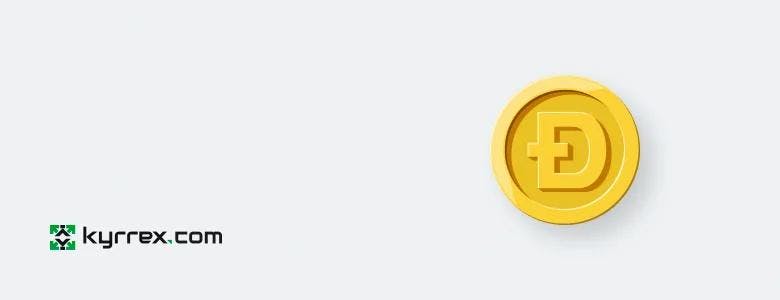
Dogecoin was originally created to extend the appeal of digital assets beyond the hard-core crypto community. It uses the Shiba Inu dog as its mascot and promotes the idea that you can make money in crypto and have fun doing so. The DOGE community prides itself on being lighthearted; the coin itself has been used to tip valuable contributors on dedicated forums long before it gained mainstream attention.
These days, Dogecoin has secured a firm spot among the biggest and trendiest cryptocurrencies in the market. Having a superstar supporter in Elon Musk will do that for you. It's available to buy on basically every cool coin exchange around and investors are often rewarded with big spikes in price.
Dogecoin is a fork of Litecoin, which is itself a fork of Bitcoin. Transactions on Dogecoin take around one minute, making it a fast network though not as fast as some newer blockchains. Unlike bitcoin and Litecoin, the supply of Dogecoin is unlimited. Around 131 billion DOGE is in circulation and 5 billion more are added each year.
The price of DOGE is around three quarters down from its all-time high, giving making it one of the most tantalizing risky bets in the crypto space.
9. Uniswap (UNI)
Rank: #11

Uniswap is the only decentralized exchange on this list and the most successful by far. It launched on the Ethereum network in 2018. The platform allows users to trade various tokens among each other via a process known as "swapping".
Uniswap gained popularity as a solution to two problems of trading on centralized exchanges: privacy and liquidity. Users from anywhere can swap their coins anonymously on Uniswap: no questions asked. Also, many tokens that aren't listed on exchanges can be traded on Uniswap via liquidity pools.
The platform goes beyond trading coins only; it offers secondary services like staking and farming. You can stake DOT or another token into a pool to earn more of the staked coins. Many other swap exchanges have sprang up in recent times as developers sought to replicate the success of Uniswap but the platform remains the leader in its class.
10. Chainlink (LINK)
Rank: #14
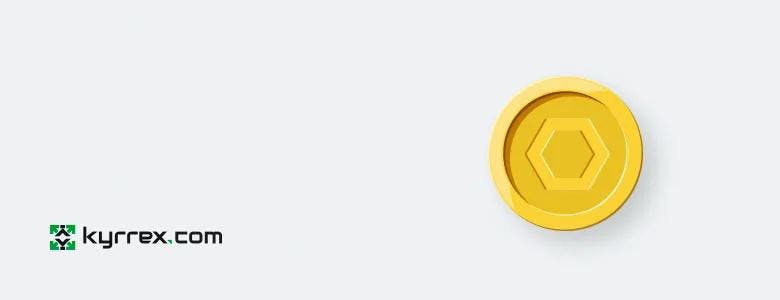
Chainlink is a decentralized oracle network that connects the world of blockchains and smart contracts to the outside world. It gathers and streamlines relevant information from thousands of sources in the real world and provides the data to smart contracts on blockchains so that they can execute advanced functions.
LINK performs various utility functions on the Chainlink network. It is distributed to validators for their work and also to stabilize contracts on the network. As a proof coin, LINK also gets distributed as a reward to nodes that bring in the most accurate data.
As the most popular conduit of real-time information from partners like Google to blockchains like Ethereum, Solana, Polygon and Binance Smart Chain, Chainlink's importance in the crypto space is among the most secured and has few coin competitors that can provide this kind of utility and probably none that can deliver at the same scale.
11. Litecoin (LTC)
Rank: #16
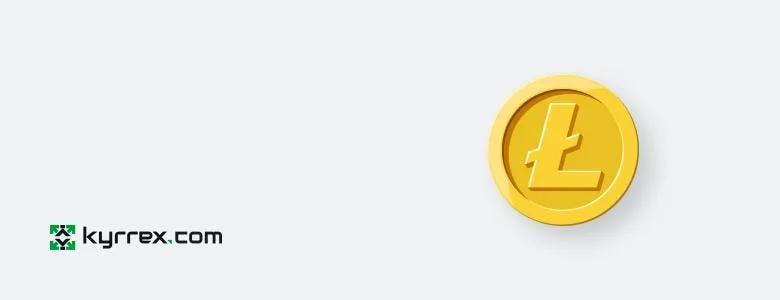
Litecoin is colloquially known in crypto circles as the lite version of bitcoin. It replicates the things that bitcoin does best and improves upon those things that bitcoin doesn't do too well. It's essentially bitcoin with a rocket strapped to its back: transaction speed on the Litecoin network is roughly 2.5 minutes which is 3 times more than the average transaction confirmation time on the Bitcoin network.
Litecoin was created in 2011 by former Google engineer Charlie Lee. While many other digital tokens launched around that time have been left in the dust of history, LTC has remained one of the top crypto coins throughout its existence. Despite a slight dip in popularity in recent times it remains a giant in the digital token space with over $11 Billion in market capitalization.
Often described as the silver to bitcoin's gold, Litecoin enables holders to carry out peer-to-peer transactions at minimal cost. It has a maximum supply of 84 million LTC tokens and there are currently around 66 million in circulation.
Buy Litecoin (LTC)
Like bitcoin, the Litecoin token undergoes periodic "halving", an event that reduces the rate at which new coins are mimed by half. It has helped to induce deflationary pressure and keep the coin trending in a positive direction. Experts anticipate an upsurge of activity on the blockchain as the next halving event draws near. For those who prize longevity, stability and a loyal community when choosing what to invest in, Litecoin is 1 coin worth buying.
What Will Replace Bitcoin?
Bitcoin is the king of cryptocurrency but that doesn't mean it will stay on its perch forever. After all, BlackBerry and Nokia once ruled the phone space and both are now considered relics of a past era.
Despite its significance Bitcoin does have a myriad of problems that impact scalability and wide acceptability. Several digital tokens have positioned themselves to possibly take the throne in the future by improving on a problematic aspect of BTC.
Ethereum is the crypto best positioned to overtake bitcoin in terms of functionality. It also has an edge in user base as more than 90% of all DeFi, DEX and NFT projects currently run on the Ethereum network.
What Solana (SOL) yet lacks in user base, it makes up for in speed. It can process up to 50,000 transactions every second, which makes it a lot faster than anything else out there. It's the perfect blend of speed and scalability.
XRP and Cardano also have a shout as potential bitcoin killers. One thing that could cause Bitcoin's demise is the high amount of energy it needs. Cardano, in particular, is a whole lot more sustainable and this can count for much as the world moves towards efficient and clean energy.
Conclusion
By investing in the right coins, you can make a lot of money from cryptocurrency. On the other hand, the volatile nature of the crypto industry means that you can lose everything without proper planning.
The absence of regulation means that new coins are always emerging with lofty promises. You can be tempted to invest after reading a fine whitepaper or getting enthralled during an AMA. However, the best coins to invest in are those that have stood the test of time. Keep an eye out for the top coins by market capitalization: it's usually a sign of a good project and lots of backers.
Don't just follow coin price when choosing which digital tokens to invest in: variables like the total market cap and circulating supply, and tokenomics should be studied as well. And remember to only invest what you can afford to lose.
Each name on this list is a trending coin and the toast of investors, who have presumably done their homework. Each one brings something unique to the table, be it pioneering smart contracts, bridging the blockchain-real world divide or adding a bespoke variation to the DeFi playbook.
